The surrounding landscape and the history of Rosewood’s Schloss Fuschl are just as beautiful as the inside.
Once a 15th-century hunting lodge for Salzburg’s prince-archbishops, Schloss Fuschl has hosted everyone from European royalty to Romy Schneider, whose Sissi films helped cement the castle’s cinematic aura around the world.
Now, the property reopened as Rosewood Schloss Fuschl after a multi-year renovation, backed by an undisclosed investment from its owner. And the lakeside retreat near Salzburg has returned with a sharpened sense of place.
The castle was meticulously restored by the Schörghuber family—well-known patrons of the arts—and now houses what’s rumored to be Europe’s largest private art collection ever shown in a hotel. The interiors blend international polish with regional craftsmanship, pairing Austrian fabrics and restored antiques with discreet contemporary touches.
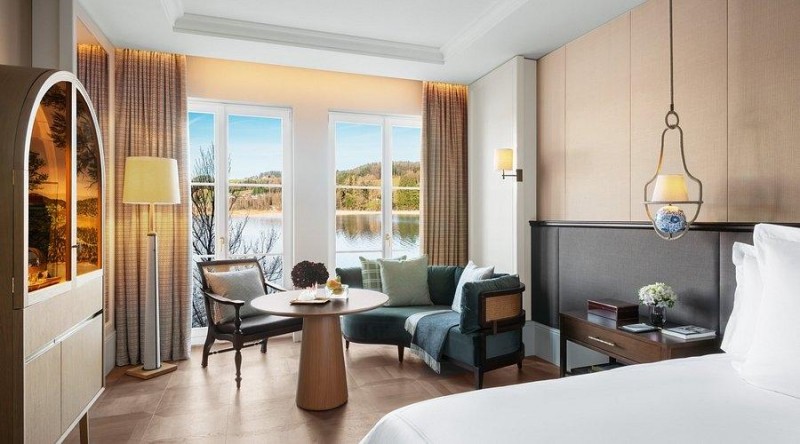
The minibar has a hand-painted scene by a local artist reflecting the scenery outside.
Rosewood Schloss Fuschl brings heritage suites that mirror the tones of Alpine seasons, carpets inspired by wildflowers and Dirndls and minibars hand-painted by a local artist to echo the landscape outside.
A forest-fringed infinity pool channels old-world spa culture with contemporary restraint, while menus across its restaurants and tea salon lean heavily on regional sourcing—including honey from the estate’s own bees and fish directly from the lake out front.
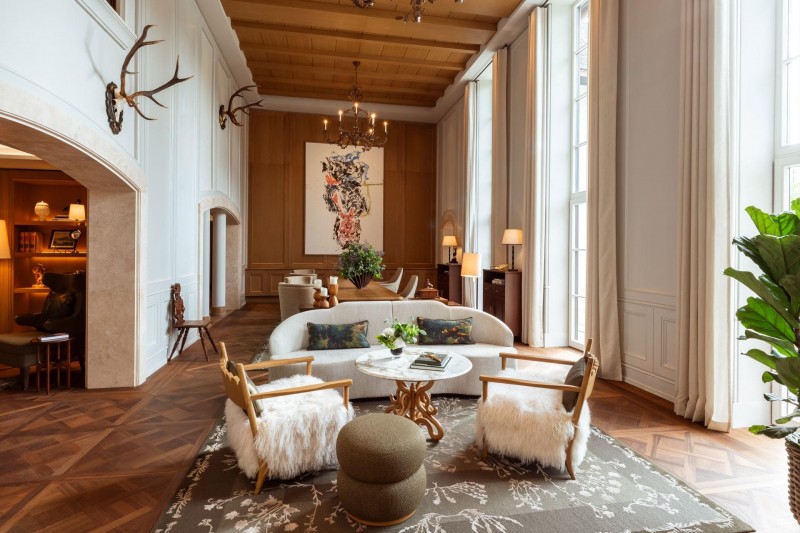
The interior reminds guests of the castle’s heritage as a former hunting lodge.
Guests may come for the view of Lake Fuschl, but the more lasting impression is how seamlessly history, design and landscape work together in one of the most thoughtful revivals of a historic European hotel.
Rosewood Schloss Fuschl is 30 minutes by car from Salzburg’s city center or airport. From Munich, it’s a 2.5-hour drive; from Vienna, just under 3 hours by car or around 3.5 hours by train (via Salzburg).
The Amauris — A New Boutique Hotel In Vienna
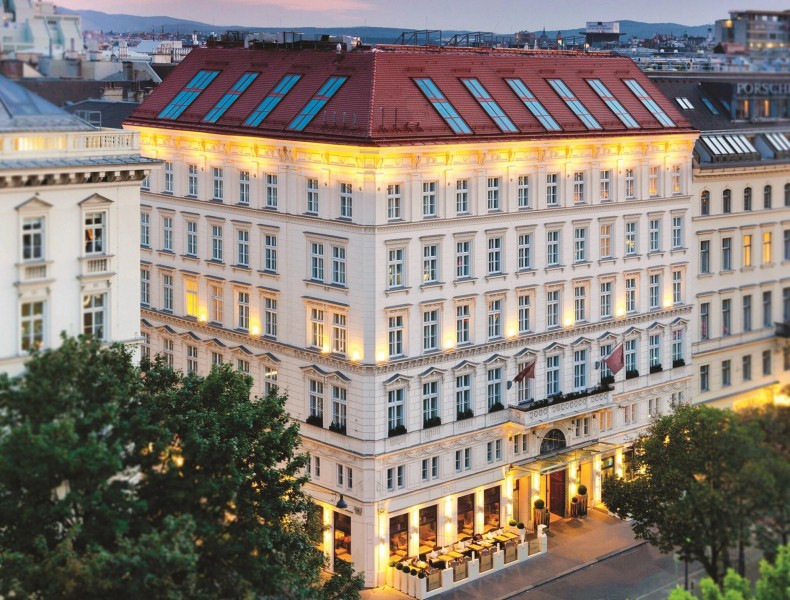
The Amauris is a new luxury boutique hotel in Vienna with a rich history.
On Vienna’s centrally located Ringstraße, most luxury hotels come with decades of hospitality pedigree and big-brand backing. There are, for example, the Ritz-Carlton, Marriott’s famous Hotel Imperial, and, most recently, the Palais Hansen by Anantara.
Next to those, The Amauris is a rare and refreshing newcomer.
Built and operated by the Breiteneder family—an Austrian dynasty known for real estate and parking garages—the hotel marks their first foray into hospitality.
The Breiteneders didn’t need outside investors, and it shows. Their neo-Renaissance Palais falls under strict landmark regulations and was restored inside and out with an obsessive eye for detail.
Nearly everything has been tailor-made, from the heavy Italian marble doors—devoid of handles and designed to swing open at the touch of a room key—to one of the last original Stigler elevator with its cast-iron cladding still in operation.
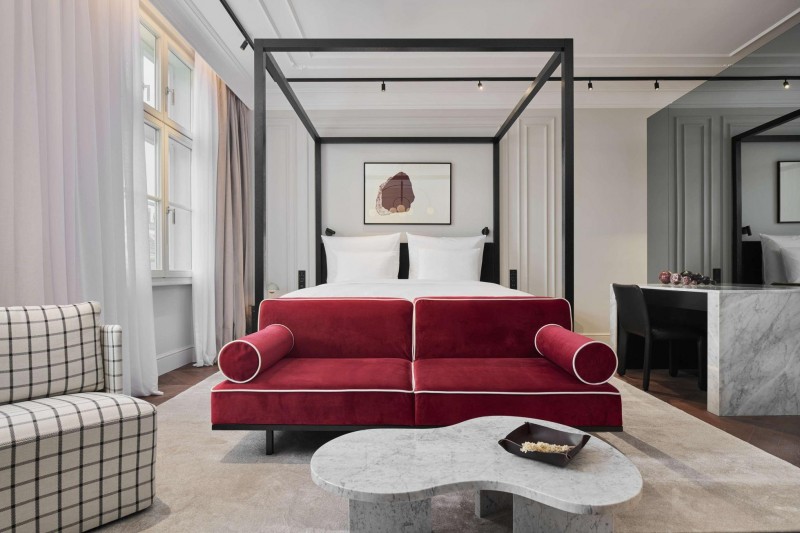
The design concept inside The Amauris uses high-end fabrics, clean lines and contemporary elegance.
Rooms are unusually spacious for the city, and the service is quietly attentive and kind, without the stiffness often associated with five-star hospitality.
Next to the lobby, the restaurant Glasswing already draws attention from the Michelin Guide as well as locals for its ambitious, regionally grounded menu. Much of the art on the walls—both in the dining room and the cocktail bar—comes from the family’s private collection and reflects styles popular when the Palais was first built, adding a layer of intimacy and historical texture that’s hard to manufacture at scale.
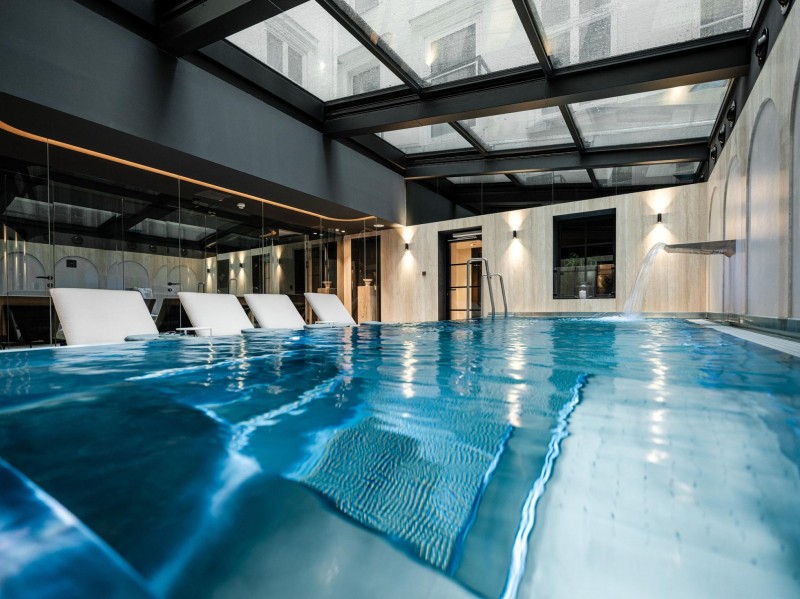
The pool in the Amauris features a retractable roof.
The small but striking spa features a sauna, steam bath, and a hydrotherapy pool in the courtyard with a retractable glass roof—ideal for stargazing in the middle of Vienna.
Everything about The Amauris feels like a legacy project—something created for the long haul.
Wasserturm Cologne – Curio Collection
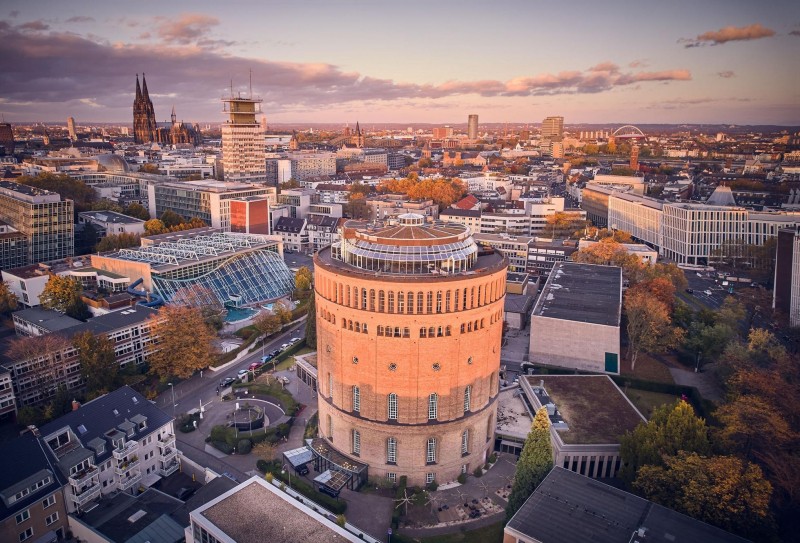
From the outside, it still looks the same. But a boutique hotel beckons on the inside.
When Cologne’s water tower began operations in 1872, it was the tallest in Europe and the industrial showpiece supplied the city with fresh drinking water until 1930.
Today, the Wasserturm Cologne still looks much the same from the outside: a tiered, cylindrical landmark just south of the old town.
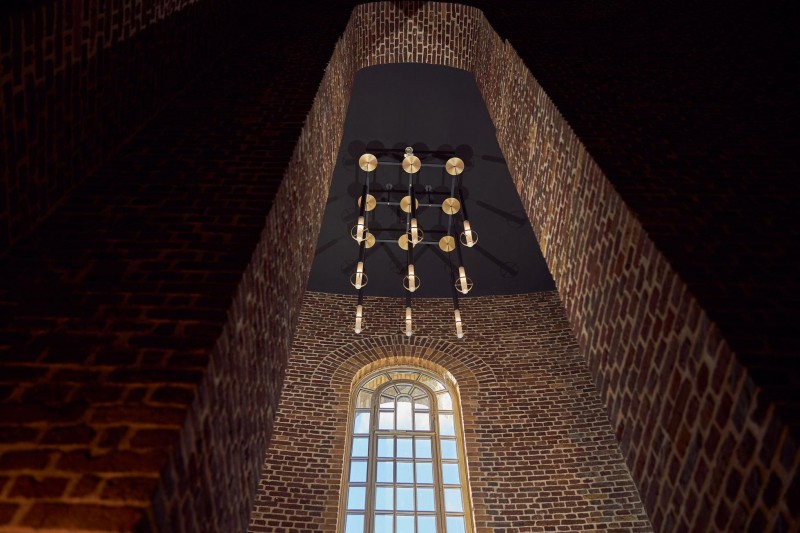
Soaring ceilings and exposed brick inside Cologne’s Wasserturm Hotel lobby.
But inside, it’s been reimagined as a luxury boutique hotel that respects its industrial bones—making it a natural fit for Hilton’s Curio Collection, which selects distinctive properties for their architectural integrity and strong sense of place.. The Wasserturm is currently the only Curio hotel in Germany—a fact that becomes obvious the moment you step inside.
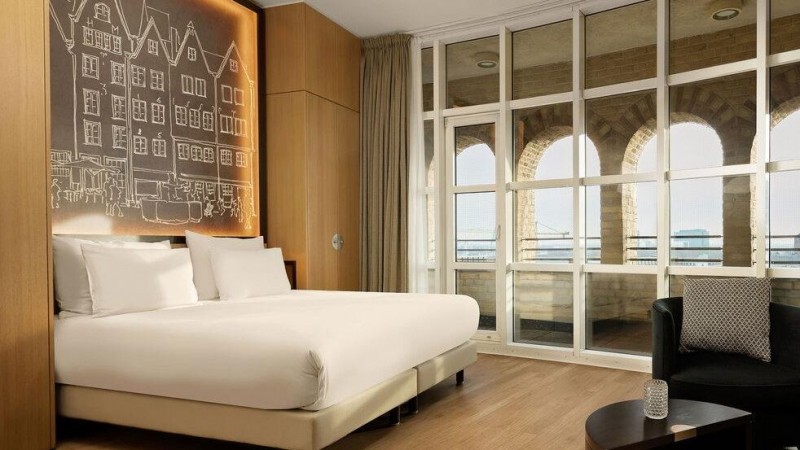
Wassertum Cologne is a one-of-a-kind lifestyle hotel with standout design features.
The lobby stuns on arrival with original steel beams, exposed brick and a spiraling black staircase rising into a 33-foot atrium bathed in moody, architectural lighting. Curved corridors above the lobby wrap around the tower’s hub, leading to guest rooms tucked into vaulted alcoves.
One of the most stunning rooms is the double-height Art Suite by local pop artist Sascha Dahl. Thirty-five original works by Dahl stretch across two levels, adding playful bursts of color and personality to the crisp, contemporary interior.
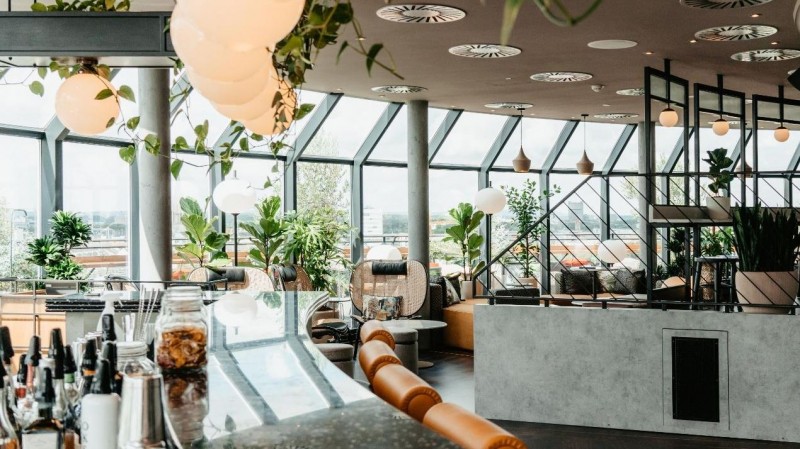
The Rooftop Bar has panoramic views of the city.
Where machinery once whirred, the rooftop bar now offers 360-degree views of the city, with Cologne’s cathedral spires rising just beyond the . The drinks lean local—apple schnapps from the nearby Rhine region, cold-pressed juices and house cocktails that reflect the same clarity and understatement as the space itself.
It’s the combination of preserved industrial architecture, contemporary art and a clear connection to Cologne’s cultural life that gives the Wasserturm its staying power.
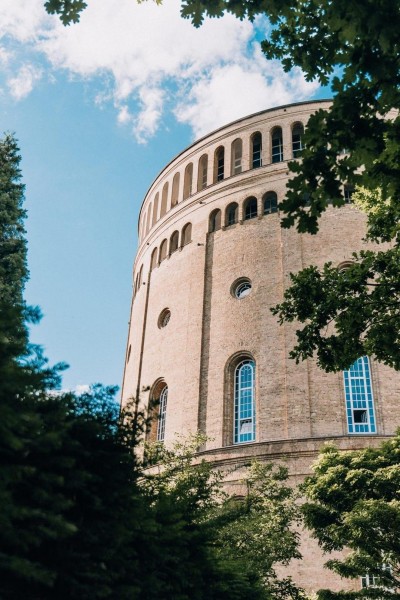
The monumental 19th-century brick rotunda once held the city’s drinking water. ForbesHow $400 Million Built The Maldives’ Most Family-Friendly ResortForbesLifestyle Hotels Beware: Ian Schrager Is Ready To Disrupt AgainForbesHow You Can Tell This Hotel Wasn’t Built For ROI